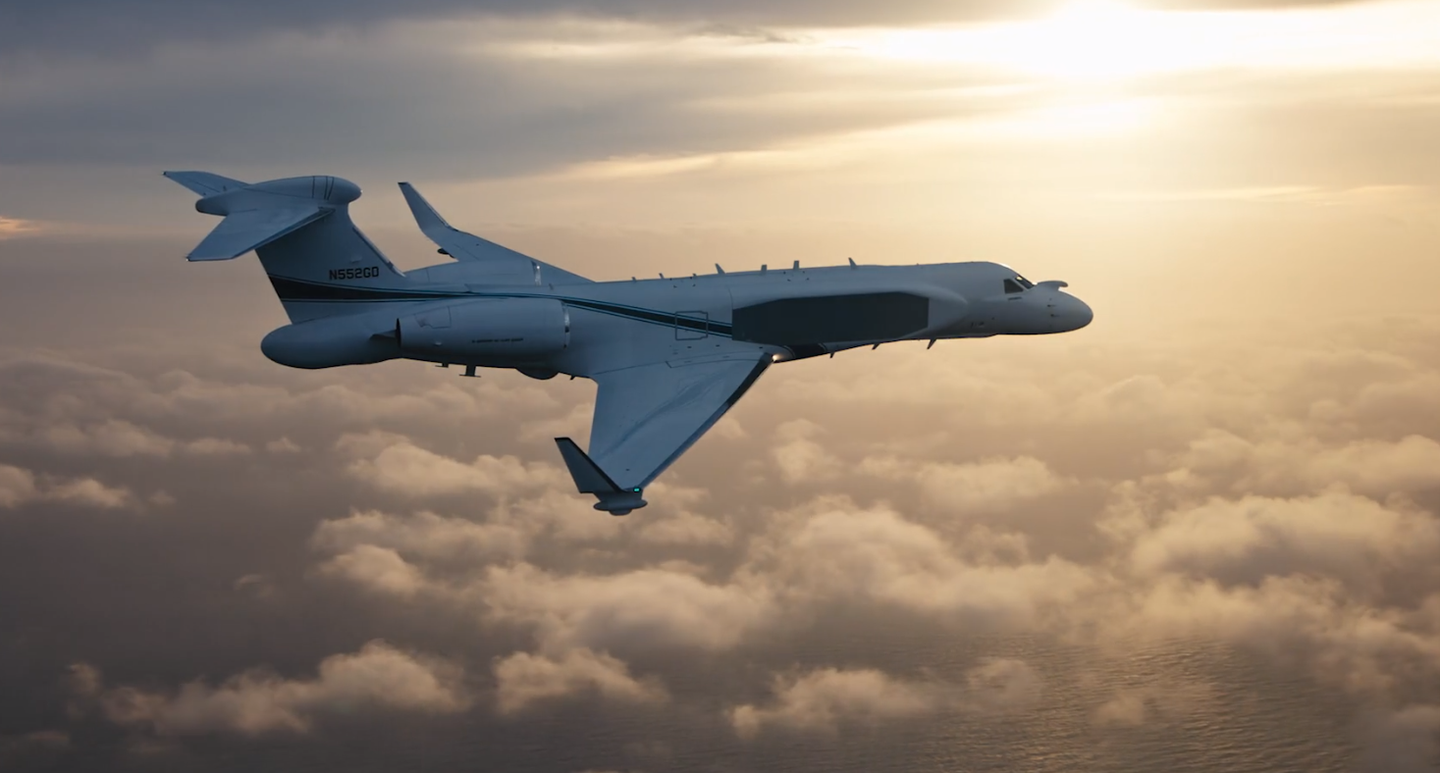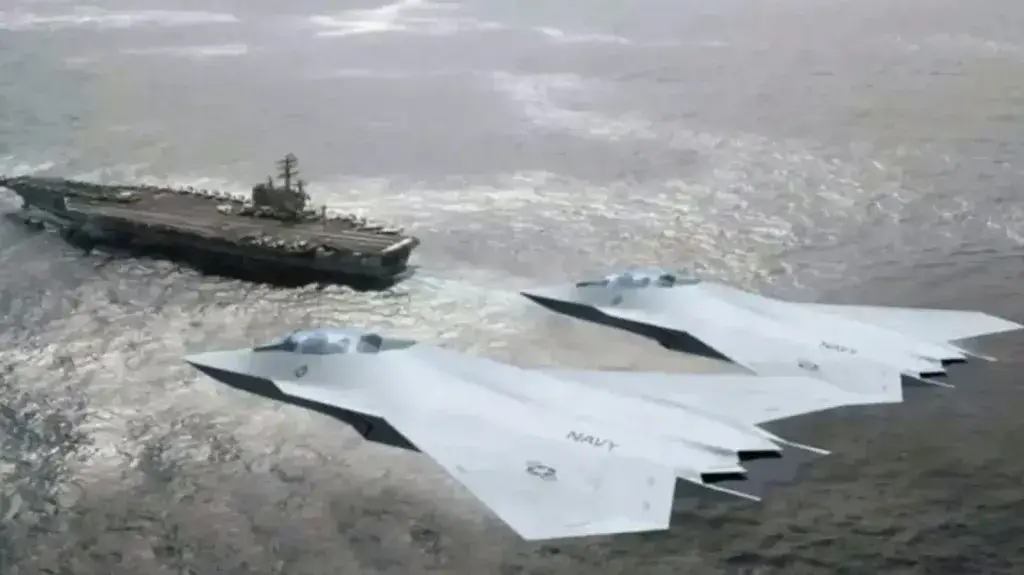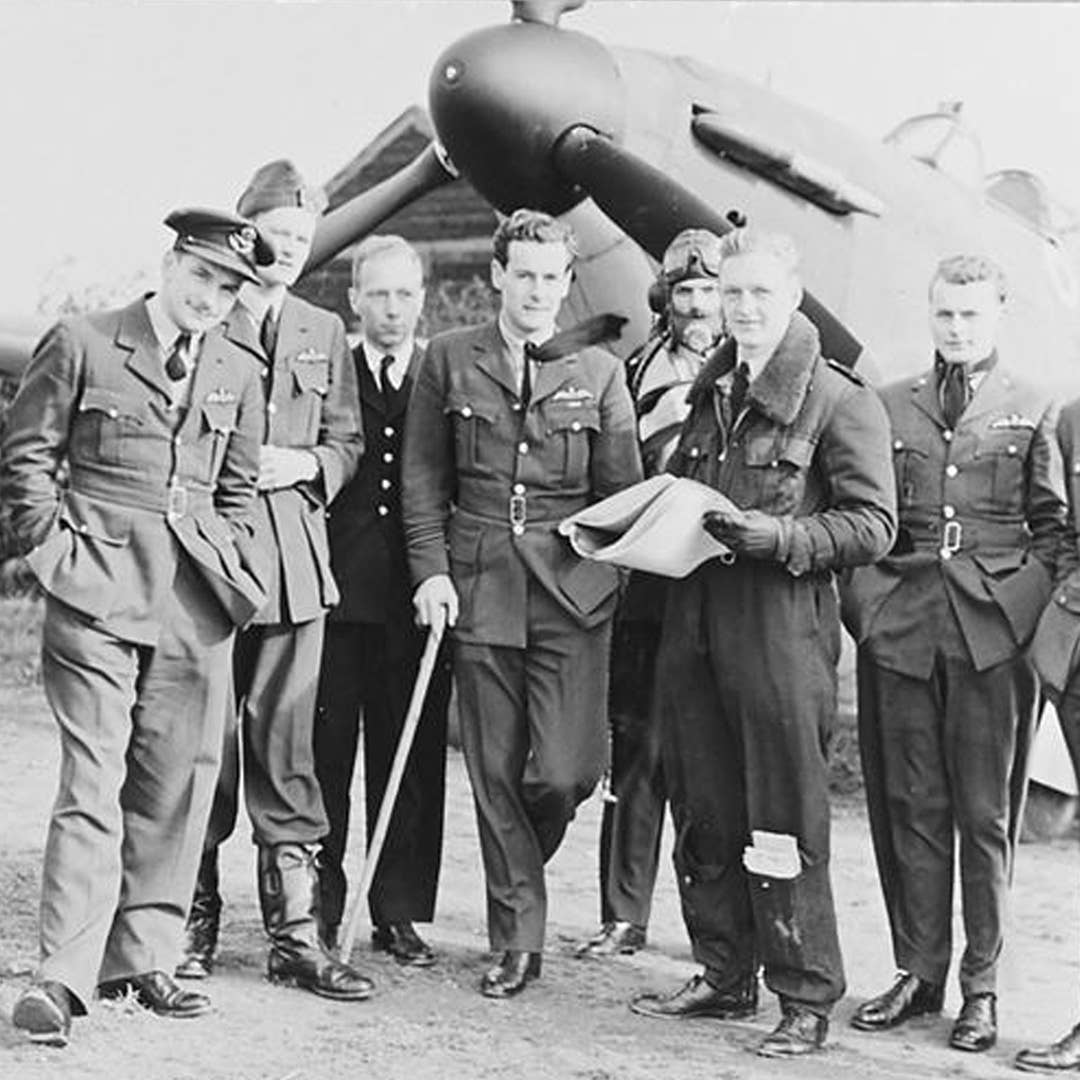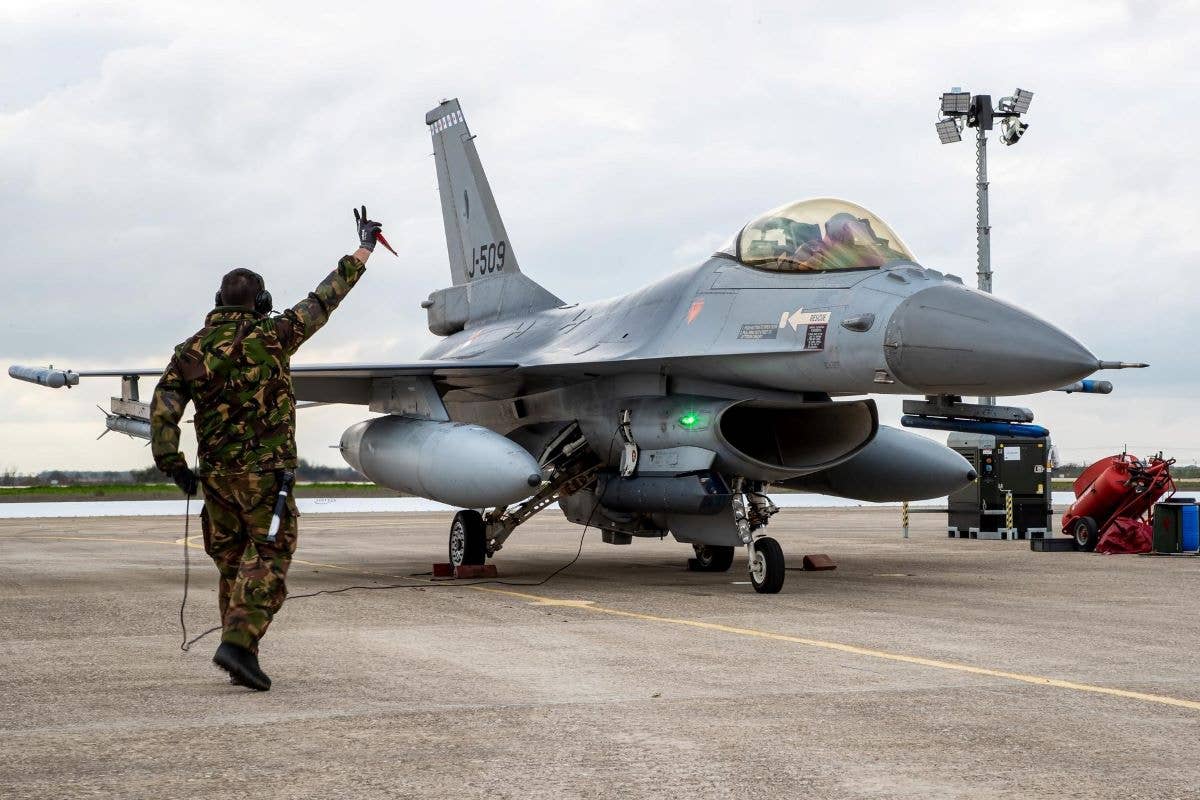Five Bizjets That Have Been Successful Military Platforms
Over its 75 years, the Air Force has always converted business jets for its own missions.

The Air Force has used a variety of business jets to support its operations that include communication, utility, VIP transport, reconnaissance, and more. The U.S. Air Force will use this Gulfstream 550 will new electronic attack aircraft. [Courtesy: Gulfstream]
The U.S. Air Force has always used business jets to support its operation. Throughout its 75 years, the agency has leveraged the unique performance profiles and offerings of these otherwise plush platforms for a dynamic range of missions. Even today, the Air Force continues to tap business OEMs for support. As we commemorate the Air Force’s diamond jubilee, here’s a look at five business jets that the agency has used to support its work:
1. Gulfstream G550: EC-37B Compass Call
You might do a double take when you see the Air Force’s next-generation electronic warfare jet, the EC-37B Compass Call. It is designed to replace the EC-130H, a variant of the Lockheed C-130 that the Air Force has used since 1982. In 2017, the Air Force announced it would partner with L3 Technologies to turn a Gulfstream G550 business jet into its new electronic attack aircraft. Like its predecessor, it would be equipped with systems capable of disrupting adversary command systems and doing things like counter-information operations.
However, using the G550 allows the Air Force to leverage the faster, more economical, and higher altitude performance profiles over the outgoing aircraft. The new platform will enter service in 2023 and use the Gulfstream Airborne Early Warning Aircraft (CAEW) radar system.
There will be 10 EC-37B Aircraft to replace the fleet of 14 EC-130H jets, and they will be delivered to the 55th Electronic Combat Group (ECG) at Davis-Monthan Air Force Base in Arizona.
2.Bombardier Global Express 6000: E-11 BACN
Last week, Bombardier and its defense division announced that they delivered the first Global 6000 aircraft in special mission configuration to the U.S. Air Force. The company said the program was part of the Air Force battlefield airborne communications node (BACN) program at Hanscom Air Force Base (AFB) in Massachusetts. Bombardier announced in June 2021 that the Air Force ordered six Global 6000 business jets worth $465 million in this special configuration, and this delivery was the first one.
Last week, Bombardier president and CEO Éric Martel said that the defense sector was a “key pillar” to his company’s future as the airframes are well suited to house and operate complex mission equipment. The first mission-configured aircraft allowed the Air Force to reduce communication issues associated with incompatible systems, adverse terrain, and distance. Lt Col. Eric Inkenbrandt said in a statement that the “BACN increases interoperability which results in forces that execute faster, more reliably, and less risk to the warfighter. The delivery of 21-9045 is the pivotal first step to advancing the mission this program provides.”
The Global 6000, dubbed as “Wi-Fi in the sky,” will serve as a high-altitude communications gateway, relaying or bridging voice and data between air and surface forces and handily surmounting traditional obstacles such as mountains, rough terrain, or distance. As part of the Air Force fleet, they will more properly be labeled as the E-11A fleet.
3. Gulfstream V & G550: C-37 A and C-37B
When transporting VIP government personnel, the Air Force has relied upon a series of converted Gulfstream V and Gulfstream G550 jets as C-37A and C-37B, respectively. The Air Force has used the C-37A since 1998 and the C-37B since 2006 for special airlift missions for high-ranking government and Department of Defense officials. The entire active fleet consists of 13 models configured to transport up to 12 people. According to the Air Force, each one consists of a modern flight management system with a worldwide satellite-based GPS and comes in two variations.
The C-37A and C-37B can operate between flight levels 410 and 510. They come equipped with enhanced weather radar, autopilot, an ultra-modern heads-up display for the pilot, and safety features that enhance vision. They also have commercial and military communication capabilities that allow them to switch between secure and non-secure voice and data. They are based across various stations for the Air Force, including Joint Base Andrews, Maryland, Hickam Air Force Base, Hawaii, and Ramstein Air Base, Germany.
4. Beechcraft Super King Air and 1900 Series: C-12J Huron
Regarding utility, the Air Force sometimes uses a variant—the C-12J Huron—of the Beechcraft/Raytheon 1900C regional airliner developed from the Beechcraft Super King Air for hauling and more rugged missions. In the business world where customers use King Airs to get into more regional airports, the Air Force uses Huron’s multi-mission capabilities, including supporting light cargo movement, humanitarian assistance, Medevac missions, pilot training, and others. One pilot can operate the aircraft from either station based on the Air Force configuration.
The C-12J can carry 19 passengers or up to 3,500 pounds. The passenger door typically has an access door fitted to the port side. According to the Air Force, its C-12J fleet recently finished an extensive avionics upgrade and modernization program, which added three multi-function displays. The C-12J entered service for the Air Force in 1992, and today, four are being used: three at Yokota Air Base in Japan, and one at Holloman Air Force Base, in New Mexico.
5. Learjet 35A: C-21
The Learjet’s storied history also includes being used by the Air Force for passenger and cargo airlifts. Designated the C-21 platform by the Air Force, the defense arm also uses the Lear 35A for transporting one litter (or stretcher) or five ambulatory patients for aeromedical evacuation operations. With pod-mounted turbofan engines on the sides of the rear fuselage, the iconic swept-back wings, and single-slotted flaps, the workhorse of a business jet first launched commercially in 1973 and features prominently in Air Force missions.
Deliveries to the Air Force first began in 1984. Through a series of consolidation efforts from the agency, only 19 active C-21A aircraft are now stationed between Scott Air Force Base in Illinois and Ramstein Air Base in Germany. The Air Force said it invested $38 million to upgrade all the avionics across the fleet to glass cockpits and meet 2020 global airspace requirements.

Sign-up for newsletters & special offers!
Get the latest FLYING stories & special offers delivered directly to your inbox






